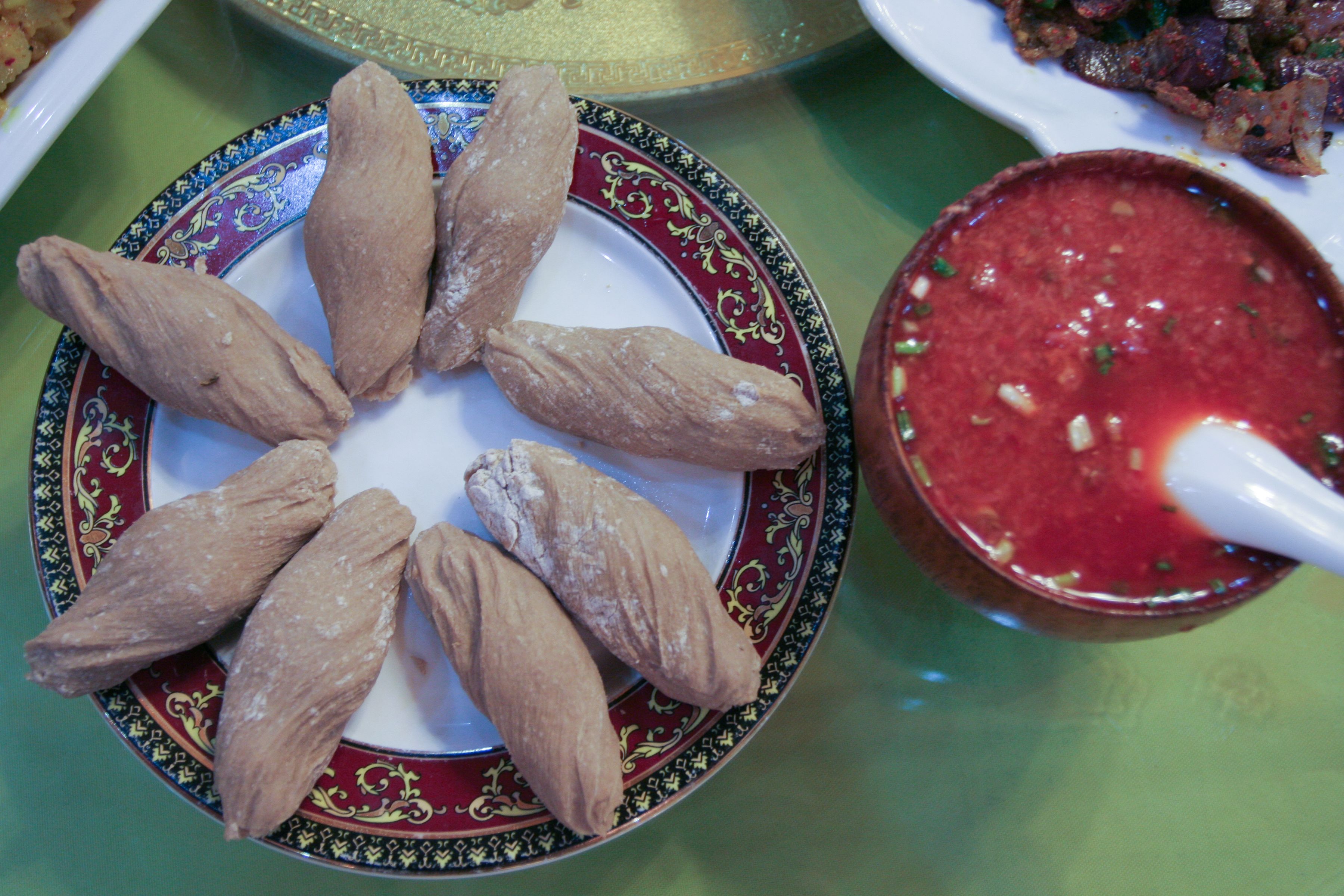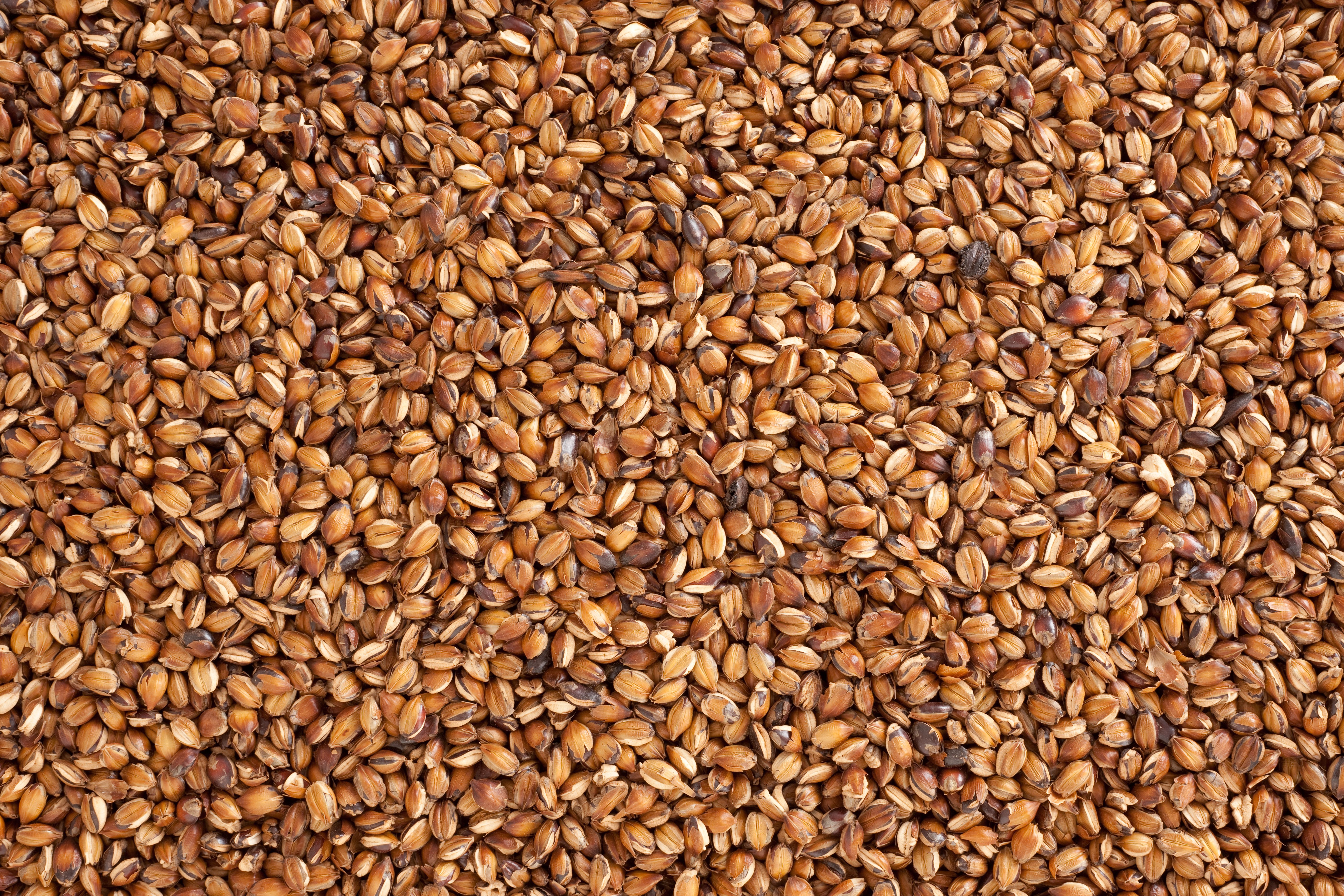Exploring Tibetan Tsampa: The Heart of Roasted Barley Flour Dough
Discovering Tsampa: A Tibetan Culinary Staple
In the heart of the Himalayan highlands, Tibetan cuisine holds a unique and revered position. Among its many treasured dishes, Tsampa stands out as a staple that has nourished generations. This simple yet profound food is made from roasted barley flour, providing sustenance and a deep connection to Tibetan culture and spirituality.
Tsampa is more than just food; it is a symbol of resilience and adaptability. The high-altitude regions of Tibet are not conducive to growing many crops, yet barley thrives. As a result, roasted barley flour becomes a crucial part of daily life, offering nutrition in a land where resources are often scarce.

The Art of Making Tsampa
The process of creating Tsampa begins with roasting barley grains until they achieve a rich, nutty aroma. These roasted grains are then ground into a fine flour, which forms the base of this traditional dish. The flour can be mixed with butter tea or water to create a dough-like consistency that is both filling and energizing.
Tsampa is incredibly versatile. It can be rolled into balls, mixed with sugar or honey for sweetness, or even served with meat or vegetables. This adaptability makes it an integral part of every Tibetan meal, from humble family gatherings to grand religious ceremonies.

Nutritional Powerhouse
Aside from its cultural significance, Tsampa is also celebrated for its nutritional benefits. It is high in fiber and complex carbohydrates, providing sustained energy for the physically demanding lifestyle typical of the Tibetan plateau. Additionally, it is rich in essential minerals such as magnesium and selenium.
The nutritional profile of Tsampa makes it not only a food for sustenance but also a source of strength and vitality. It supports the body’s needs in challenging environments while promoting health and wellbeing.

Cultural Significance
Tsampa holds a special place in Tibetan rituals and traditions. It is often used in religious offerings and ceremonies, symbolizing purity and the earth’s bounty. During festivals, Tsampa is thrown into the air as an offering to deities, a gesture that underscores its importance in spiritual practices.
For Tibetans living both in their homeland and abroad, Tsampa serves as a comforting reminder of their roots and heritage. It is a taste of home that connects them to their ancestors and the enduring spirit of Tibet.
Embracing Tsampa Beyond Tibet
In recent years, Tsampa has gained popularity beyond the Tibetan borders. Its nutritional benefits and unique flavor have captured the interest of chefs and food enthusiasts worldwide. As people become more curious about diverse cuisines, Tsampa offers an authentic taste of Tibetan tradition.
Incorporating Tsampa into modern recipes allows for creative culinary exploration. From energy bars to savory porridges and even as a gluten-free alternative in baking, Tsampa is finding its place in contemporary kitchens while preserving its ancient roots.

